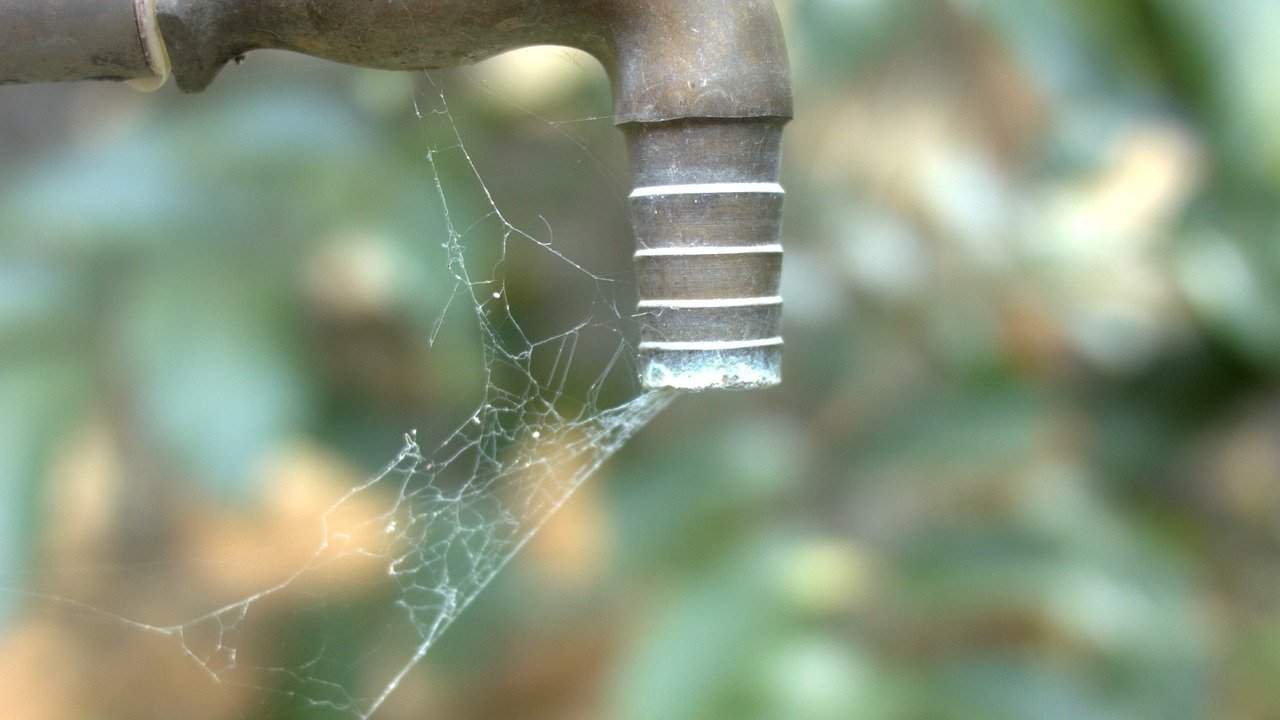Water shortages are a global problem as merely a small amount of the world’s water resources are clean enough for humans to consume. Humans can consume only 3 % of the world’s water supplies. And to add to the urgency, two-thirds of the drinkable water is trapped in glaciers and ice caps. Concurrently, in a crowded world with an increasing population, the water demand continues to grow. Consequently, we ought to manage our water most efficiently and sustainably to sustain human life and our continually improving lifestyle. According to the UN, the facts are that:
- 2 billion people lack access to clean drinking water
- 2 billion people lack access to basic hygiene
- 3 billion people lack access to basic handwashing facilities at home
- Water scarcity could displace 700 million people from their homes by 2030
Therefore, the UN has also addressed clean water and sanitation as a Sustainable Development Goal to be reached before 2030. And this has furthered innovative green tech solutions to combat the worst-case scenario being a future without clean water. These innovations include wastewater treatment and seawater reverse osmosis (SWRO). Learn more about the technologies here.
Let us dive into 5 of the specific ways of how industrial water treatment helps achieve the SDGs.

1. Unlimited Water Resources
The rapid progress of unique and innovative membrane technology delivers new possibilities to sustain current water resources and explore new ones.
Wastewater treatment can remove pollutants and harmful matter, which enables water reuse, recycling, and recovery. With water reuse, recycling, and recovery, we can reduce the overall water consumption significantly to protect current scarce freshwater resources.
Moreover, membrane technology has turned seawater and brackish water into viable sources of safe drinking water. According to the WHO, SWRO and reverse osmosis (RO) have especially gained a foothold in some of the world’s most water-scarce regions. The SWRO applications can produce extremely pure freshwater with a total dissolved solids (TDS) level of less than 10 mg/l. LiqTech's ultrafiltration systems are perfect pre-filtration to SWRO to secure a stable operation.
With water recycling and new viable water sources, the world’s water crisis is solvable. Severe water shortage, drought, and contaminated water can be fears of the past.
2. Waste & Pollution Reduction
Water filtration reduces the amount of discharged waste and pollution released into the environment to damage ecosystems. When wastewater is filtered, bacteria, viruses, polycyclic aromatic hydrocarbons (PAH), as well as harmful particulate matter (PM) such as ash, soot, and unburned fuel, are heavily reduced. This is essential for the environment as well as for human health. And although filtration technologies are linked with relatively high capital expenditures, the expenses related to environmental pollution prevention and hospital treatment of pollution-related diseases can easily exceed this. So, water filtration is not just right for the environment and human health - it is also a profitable business.
3. Disease Prevention
Although many health areas continue to progress, acceleration is needed. Untreated wastewater may contain pollutants, bacteria, and viruses, which heavily burdens the required acceleration. When untreated wastewater is discharged, it contaminates the environment and can cause severe, and even fatal, human infections. Contaminated wastewater may also cause food chain pollution. When wastewater is treated, approximately 97% of the harmful elements are removed. This thereby enables disease prevention.
4. Climate Action
According to the UN, climate action continues to exacerbate the frequency and severity of natural disasters. Consequently, urgent steps are needed to combat climate actions and their impacts. With industrial wastewater treatment, the amounts of discharged PAH and PM, potentially contributing to climate changes, can be reduced significantly.
5. Life Below Water
As reported by the UN, ocean acidification continues to threaten aquatic species as well as marine environments and ecosystems. Wastewater treatment holds one of the keys to clean the shipping industry by removing unburned fuel oil, ash, and soot from the scrubber wash water, which would otherwise have been discharged into the oceans. By reducing water contamination and pollution, we can protect life below water.

A Sustainable Future
Water treatment holds one of the keys to clean polluting industries and contributes to the SDGs. Moreover, these sustainable actions will have positive spillover effects on other areas, such as life on land. Healthier ecosystems will benefit the planet, wildlife, and human health. Still, to obtain viable, long-term results, water filtration at scale is required, emphasizing that it is essential for all countries and industries to contribute.
